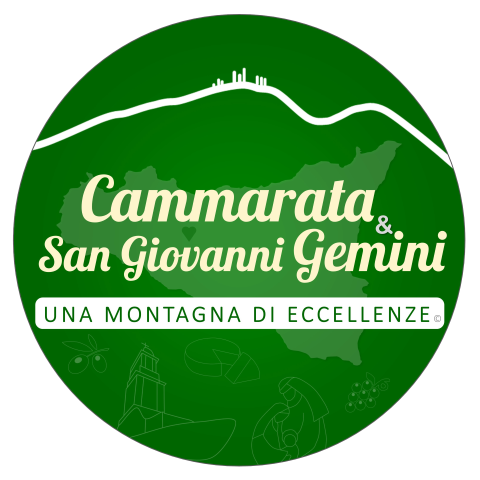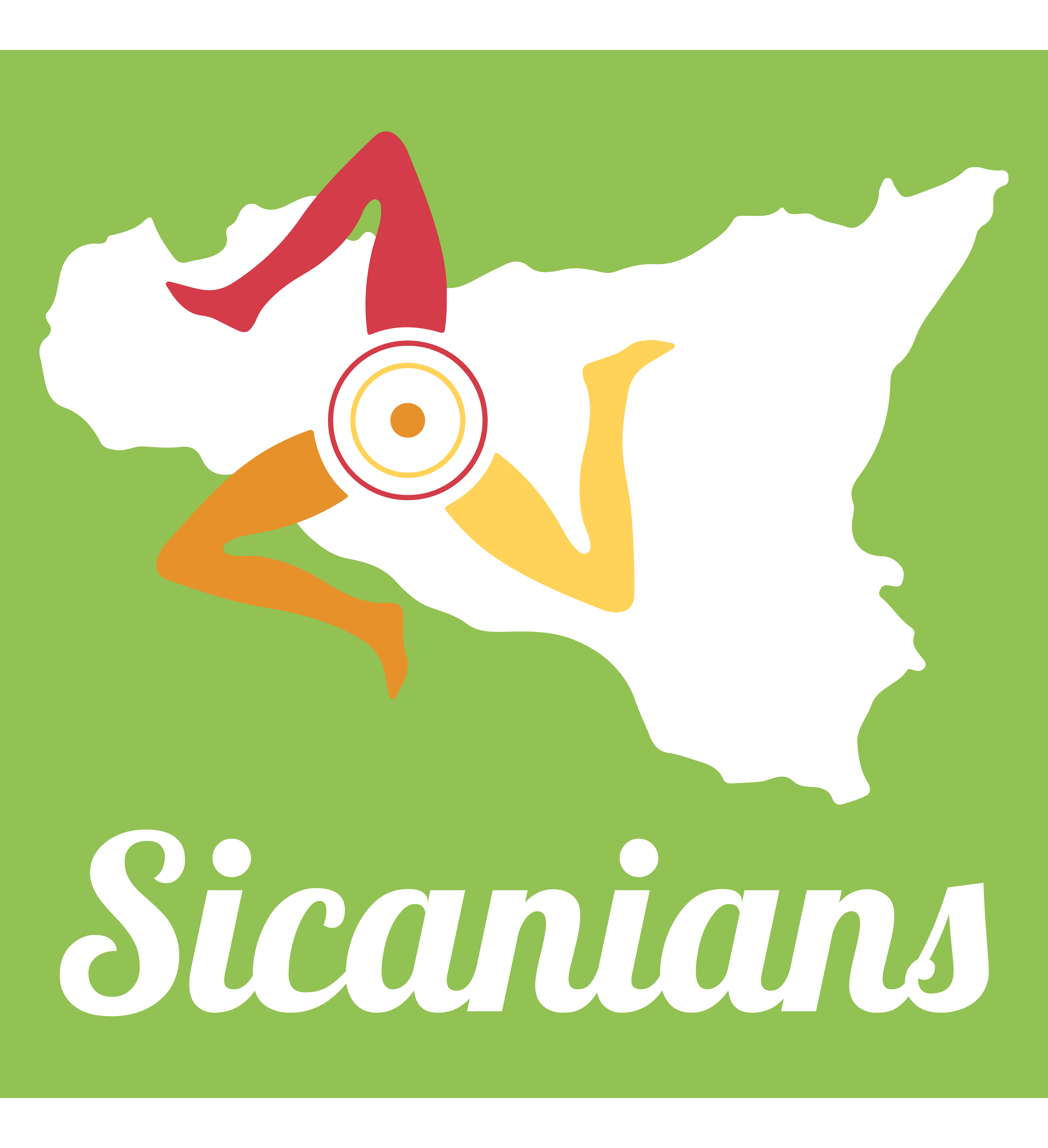
Cammarata's
Mother Church

Mother Church dedicated to San Nicolò di Bari
The current church stands on the old area of the ancient Mother Church which burned down in 1624; it was later demolished and the current church was built on the same surface, completed in 1668. After a few years it was discovered that the current church did not rise on another but on two others, including the Church of the Holy Trinity.
Open to the public, It is located in Via San Nicola di Bari 3 (better from Via Matrice) Cammarata. Parking in front of the church. Parish of reference: Don Antonio Cipolla





History
Over the centuries it has been embellished with stuccoes made between 1700 and 1800 by the archpriest Raffaele Rizzo. There are many works and some come from the old church such as the tomb of prince Blasco Branciforte, who died in 1547 and then the “Ciborio” by Andrea Mancino made in 1490; the altar was built by Antonio and Isabella Abatellis as Altare del Sacramento, where it remained at least until the construction of the new church. The Ciborium gathers in an admirable theological and artistic synthesis around the tabernacle, flanked by angels and surmounted by a canopy, the four Evangelists and the Fathers of the Church. The top dominates the figure of the Eternal Father; under the birth of Jesus, the crucifixion, the apostles Peter and Paul and in the center the inscription where it is said that under Francesco Branciforti in 1642 after the rebuilding of the church it was placed there, having already been renovated in 1573 by Ercole Branciforti. At the bottom there is a band where the twelve Apostles are represented with Mary and Jesus and finally San Nicolò di Bari, protector of Cammarata. This altar is also called Retablo. Then there is the painting of the Buttafuoco dating back to 1598 and there are also other oil paintings of 1500, 1600, 1700 and 1800. There is the chapel of San Nicolò which, as previously mentioned, is the protector of Cammarata and the feast in his honor is celebrated on December 6. In the chapel we find a gilded wooden half-length portrait that represents the Saint holding the relic in his chest. On the side walls there are two paintings representing the miracles of the Saint (that of the Cupbearer and that of the three children). On the left instead we find a slate plaque which bears an inscription: it is said that the Church was rebuilt in a much more beautiful form under Prince Branciforti and it is ordered to keep a "tabulam" of the Crucifix and San Nicolò, painted with singular mastery by order of the Abatellis in 1664. Inside the church we can also find an organ under renovation and the pulpit from the 1600s, therefore in Baroque style, built by the priest Giuseppe Castellano and the masters A. Cardillicchia and A. Maggio di Cammarata; in 2000, on the occasion of the Jubilee, it was renovated on commission of the Arc. D. Mario Albanese together with the jurors' bench where in ancient times the representatives of the Municipality or the Jurors took their places.
We also have the altar of the Madonna dei Miracoli where we find a statue enclosed in a wooden Bramante niche of pure gold, adorned with small but valuable paintings reproducing the birth of Mary and the marriage with Joseph. It is said that the prince had received the grace of the Madonna and so he organized a fair in the streets of Cammarata to pay homage to her and on the second Sunday of October he paid her a tribute; subsequently the festival continued to take place in San Giovanni Gemini and is still celebrated on the second Sunday of October. In 1663 the canvas was created by Michele Lapis of the altar of San Calogero whose feast is celebrated on the second Sunday of August. The characteristic of devotion is the bread that takes shape from the various parts of the human body as an ex voto for the healings attributed to the saint. The canvas represents Ignazio di Loyola and Francesco Saverio; in the background shows the glimpse of the town of Cammarata surmounted by the castle and under the town's coat of arms with a woman nursing the snake with the following words: “alios nutrit suos spernit” which means “feed others, despise her own”. On the right in the central nave we also find the tomb of Pietro Panepinto, a benefactor of the church who died in 1575; inside the parish priest's office we also find his portrait. The man left all his possessions to the church such as the water mill, which was used to grind wheat, but a part was destroyed. Then there is a silver urn, also inside the office, made by Prince Branciforte and contains the relics of Santa Rosalia. Finally, under the altar there is a statue of a sheep that was used during Easter to preserve the Eucharist; the key is kept instead by the priest and all the signs of the passion are inserted on it. While in the sacristy we find a picture where all the archpriests of Cammarata are listed.



Back to the culture section
Go ahead

The organ of the matrix
The organ of the matrix is certainly one of the oldest organs in Sicily. The first realization dates back to 1506 by Giovanni De Blundo, author in those same years of the main organ of the cathedral of Cefalù, very similar in typology to that of Cammarata; however, over the centuries it has undergone several interventions. A historical fact is confirmed by a cartouche applied to the top center of the lectern, which confirms that the instrument was renovated by Don Gaspare Franco in 1775, while the sound box retains much of the wooden structure and the sixteenth-century decoration. It is very likely that it comes from another church, considering that the old Mother Church was destroyed by a fire in 1624. An important modification was carried out by Francesco La Grassa, one of the most celebrated Sicilian organ builders, born in Palermo and died in Cammarata on November 19, 1868, perhaps while he was working on the organ of the Matrix. He was buried in the church of San Giuseppe, which no longer exists today. Two extraordinary tunings were performed in the 20th century, one in 1905 and another in 1962 in which the hand-operated bellows were replaced with an electric bellows.
The current instrument consists of 611 pipes, a keyboard with 45 keys, 8 pedals and 10 registers. The restoration involved the instrumental part (pipes, wind chests, keyboard, stops, mechanisms, etc.) and the sound box with all its decorative parts. Thanks to these interventions, masterfully performed by the restorers, prof. Giuliano Colletti and Giovanna Comes, the organ of the Matrice has been restored to its ancient splendor both from an artistic point of view, but above all from a musical point of view for its excellent sound quality.








